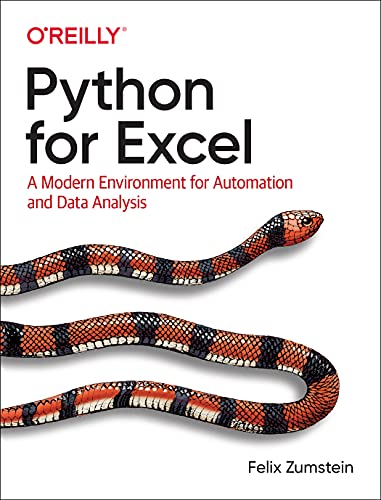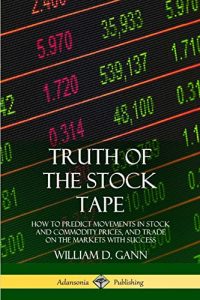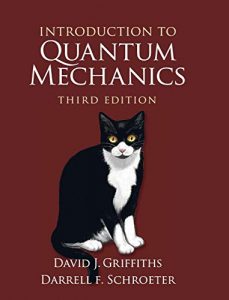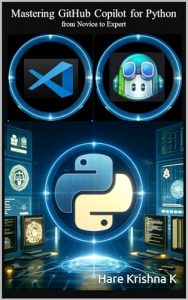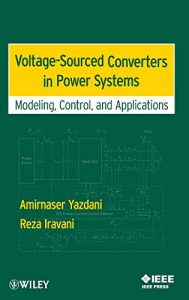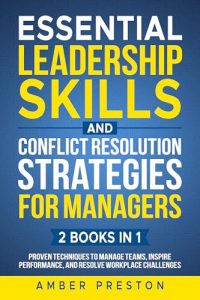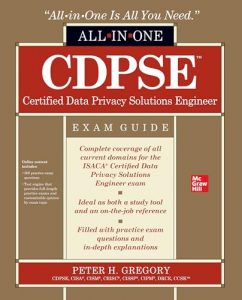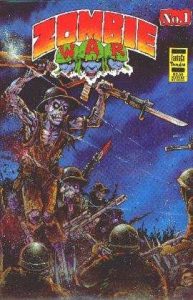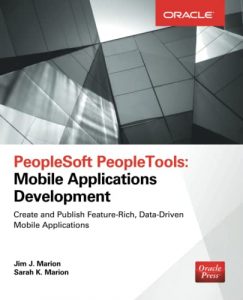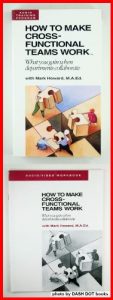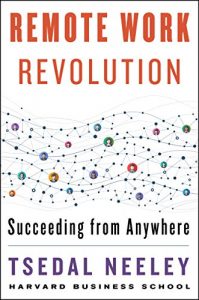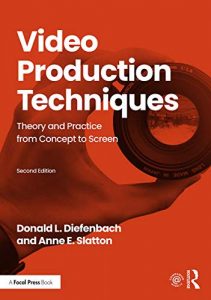1. Python for Excel: A Modern Environment for Automation and Data Analysis
Author: Felix Zumstein
“Python for Excel” presents a transformative approach to using Python effectively within the Excel environment, enabling users to significantly enhance their automation and data analysis tasks. This book stands out because it not only educates readers on Python programming but also seamlessly integrates its elements into the Excel platform, making it especially valuable for professionals who already rely on Excel. With comprehensive examples and accessible explanations, Felix Zumstein empowers readers to harness the full potential of Python to streamline their workflows. If you are looking to improve your data management and analysis, this book is a perfect start.
2. Advanced Analytics with Power BI and Excel
Authors: Dejan Sarka, Jernej Rihar, Klemen Vončina
This newly released title covers the integration of powerful Microsoft BI tools like Power BI alongside traditional data tools, giving you a comprehensive view of advanced analytics. The authors delve into practical visualization techniques and data analysis workflows that liberate users from outdated methodologies. This book is designed for anyone looking to elevate their data handling capabilities using modern tools like Python and R. By focusing on real-world applications and scenarios, it demystifies complex concepts, making analytics accessible to every reader.
3. Data Science Foundations Tools and Techniques
Authors: Michael Freeman, Joel Ross
This book is fundamental for those seeking to establish solid data science foundations. It introduces readers to core skills necessary for quantitative analysis, leveraging R and Git. By blending theoretical knowledge with practical applications, Freeman and Ross provide a roadmap for aspiring data scientists. The techniques discussed within are not just academic; they pertain to real-world data challenges, ensuring that readers are equipped with the tools to analyze and interpret data effectively. A must-read for anyone keen on pursuing a data-driven career.
4. Learning the Pandas Library
Authors: Matt Harrison, Michael Prentiss
The “Pandas Library” is an essential tool for anyone serious about data manipulation and analysis in Python. This practical guide offers insights into efficient data wrangling, emphasizing hands-on techniques that can immediately be applied to your data projects. Harrison and Prentiss take you through practical examples that showcase the library’s strength in handling large datasets. Its simple yet profound instruction makes this book an invaluable resource for beginners and seasoned analysts alike who are looking to enhance their data analysis skills.
5. Mastering Data Analysis with ChatGPT
Author: Education, AI and Tech for
As artificial intelligence tools increasingly permeate our data analysis practices, this book stands at the forefront, guiding readers through the myriad capabilities of ChatGPT in data tasks. The authors craft a comprehensive resource that teaches readers to leverage AI effectively, expanding their analytical boundaries. This guide is not just focused on traditional analysis; it dares to venture into the realm of AI-driven analysis. Perfect for tech-savvy readers eager to master contemporary data tools.
6. Python for Data Analysis
Author: Erick Thompson
In “Python for Data Analysis”, Thompson offers a no-nonsense approach to mastering data with Python. This practical guide includes valuable insights into data manipulation, visualization, and machine learning techniques – essential skills for any data scientist or analyst. Erick Thompson simplifies complex concepts, making them accessible to readers who want to transition from theory to actionable insight. With this book, you’ll discover practical tools that enhance not just your analytical abilities but also your career prospects in the data science realm.
7. Ultimate Python Libraries for Data Analysis and Visualization
Author: Abhinaba Banerjee
This extensive guide provides an in-depth look at leveraging essential Python libraries such as Pandas, NumPy, and Matplotlib to perform complex data analysis and visualization. Banerjee’s writing is both detailed and engaging, making potentially daunting content accessible for both novices and experts in the field. By illustrating the functionality of each library, the book demonstrates how to implement them in a clear and structured manner. A comprehensive resource for anyone aiming to put Python’s powerful libraries to use in analyzing real-world data.
8. Why SAS is a Strong Tool for Data Manipulation and Analysis
Author: Anand Veluri
“Why SAS is a Strong Tool for Data Manipulation and Analysis” offers an insightful exploration into SAS’s capabilities in data manipulation and analytics. Veluri provides a look into how SAS can be adapted from basic data tasks to enterprise-level solutions. This book is particularly relevant for professionals looking to utilize SAS effectively within organizational contexts. It illustrates the strengths of SAS while also providing actionable techniques for data analysis and machine learning tasks, making it a vital read for anyone working with data.
9. Beginning Data Analysis with Python And Jupyter
Author: Alex Galea
“Beginning Data Analysis with Python And Jupyter” is tailored for beginners who wish to extract actionable insights from data using Python’s powerful tools. Galea walks readers through the Jupyter environment, providing a practical approach that mixes theory with hands-on exercises. This book is instrumental for newcomers eager to dive into data analysis and gain confidence in using Python for their analytical projects. Readers learn not just the skills necessary for data analysis but also how to efficiently present their findings using Jupyter notebooks.
10. Python for Modern Data Analysis
Author: Kyle Todd
This concise guide walks readers through the essential tools and techniques needed for effective data analysis in today’s fast-paced digital landscape. By focusing on modern approaches, Todd emphasizes the importance of understanding the digital tools that facilitate data analysis today. This book is perfect for professionals eyeing a quick but comprehensive overview of key data analysis tools relevant for today’s data-driven decision-making environments. Its accessibility and clarity make it an ideal starting point for anyone interested in modern data analytics.

